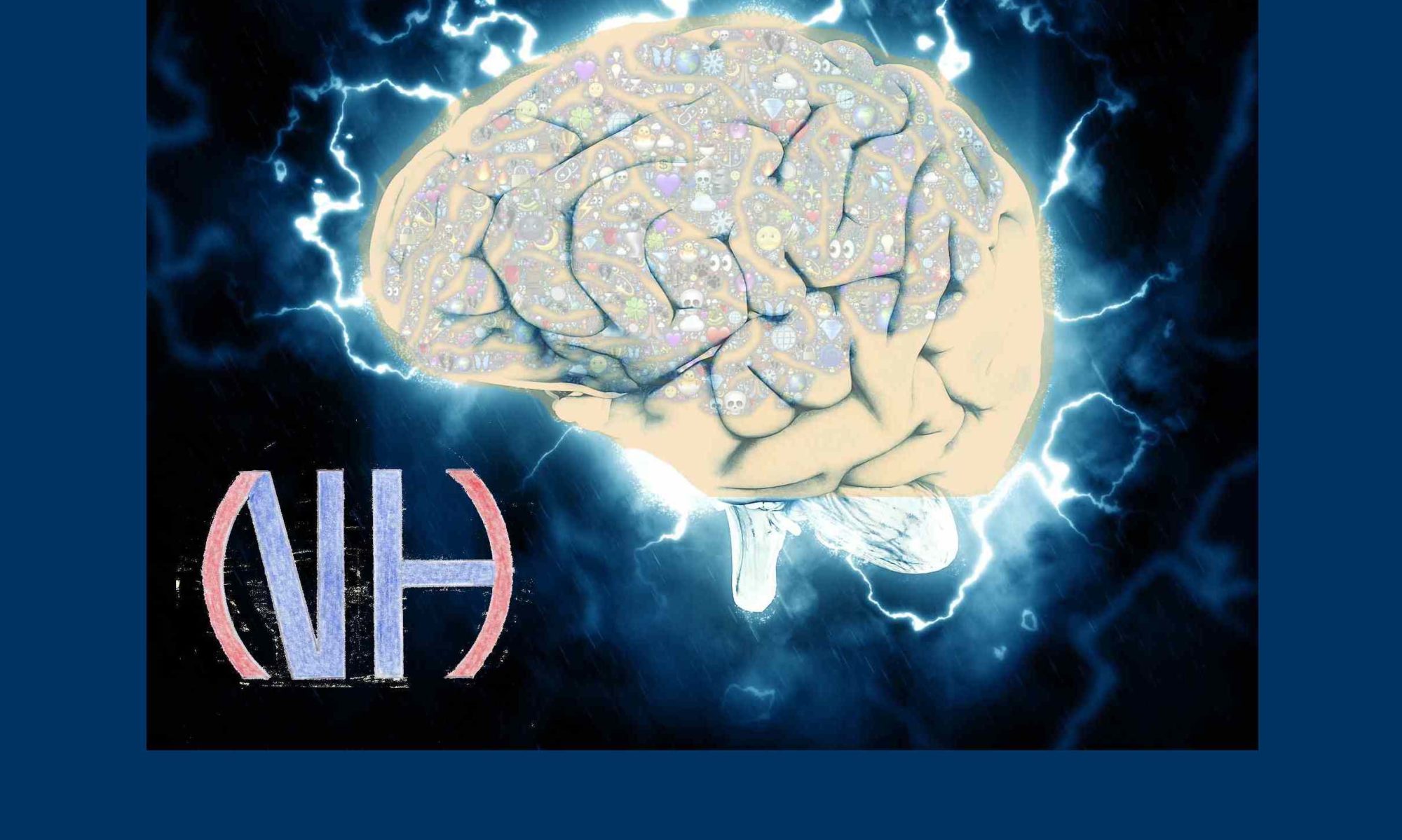
In 2017, scientists managed to observe and produce the loving mechanism to voles of prairies1. Before going further in this article, it is necessary to know that this species (Microtus ochrogaster) is curiously an excellent choice to model the human loving behavior. Indeed, voles look like us emotionally talking: they are monogamous but have sexual interactions with other partners than their other half, they become aggressive in the presence of other individuals of the same sex and depressed when they lose their partner. Furthermore, the prefrontal cortex of voles and humans can modify the behavior of the deep layers of the brain.
That’s what happens to the voles when they fall in love… and thus that’s probably what happens to us either in such a situation. The neuroscientists of the Emory University of Atlanta were able to observe that the loving feeling coincides, in the brain of voles, with the takeover of the accumbens core by the prefrontal cortex. In other words, the center of reflection and decision suddenly takes over the center of pleasure while the subject falls in love. It would thus be the intellect which would be at the origin of the Love feeling! And it would be it which would make us perceive the presence of our partner as a reward.
The same team was able to verify it: having introduced photoperceptible genes into certain neurons of a female, they put her in a cage with an unknown male (and they made sure to prevent any physical contact between them). Then they activated the neurons of the prefrontal cortex of the female with a frequency determined during preliminary phases of observation, before the experiment. Then they placed the female in an environment containing various males: in 10 cases out of 12, the female then preferred the male that was chosen by the scientists.
Even if this behavior are not directly transposable to a human (whose brain is more complex), this experiment lights us on the way we work. And, potentially, this knowledge can help us treating disorders as autism, which corresponds to a difficulty in creating social links.
Go further
Notes
1■ Science et vie, august 2017, “Les secrets de l’amour enfin révélés” [“Science and life”, “Secrets of loved finally uncovered”]
